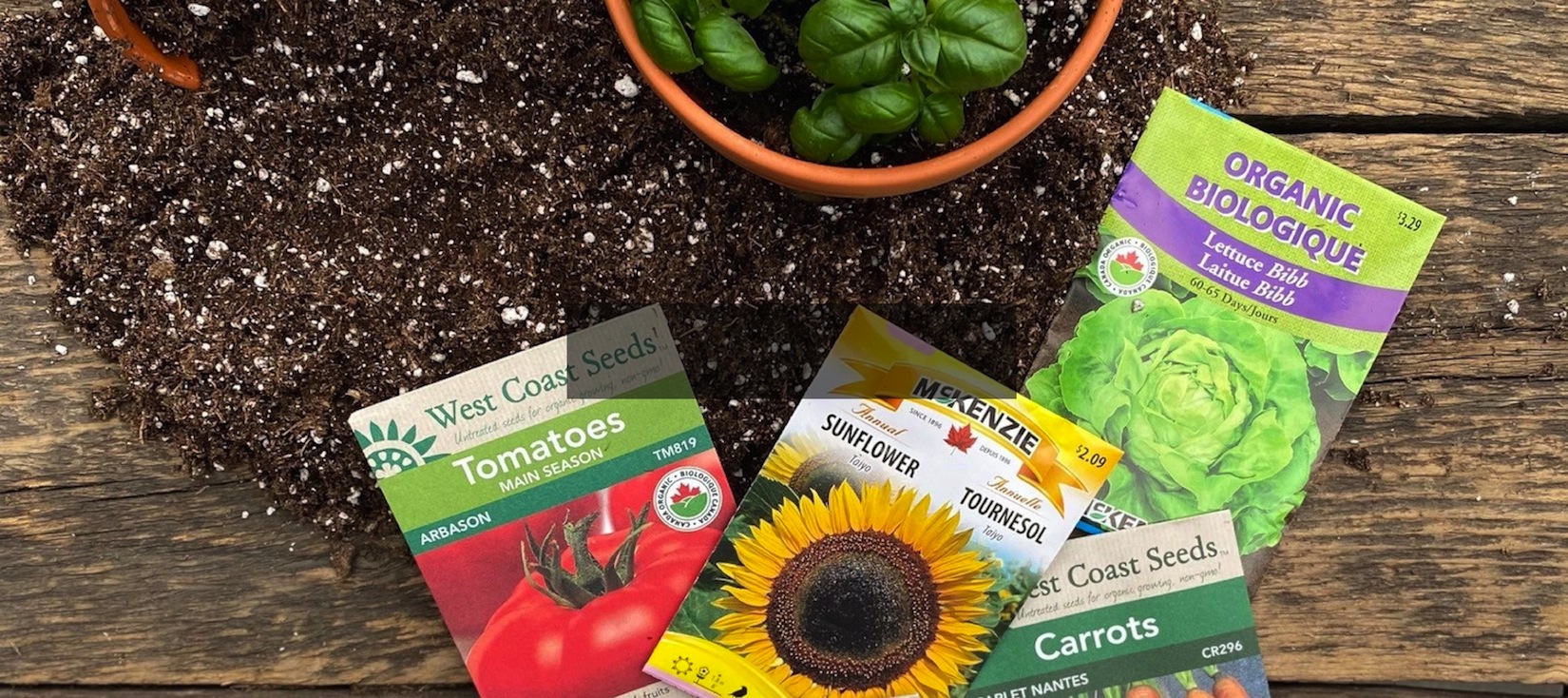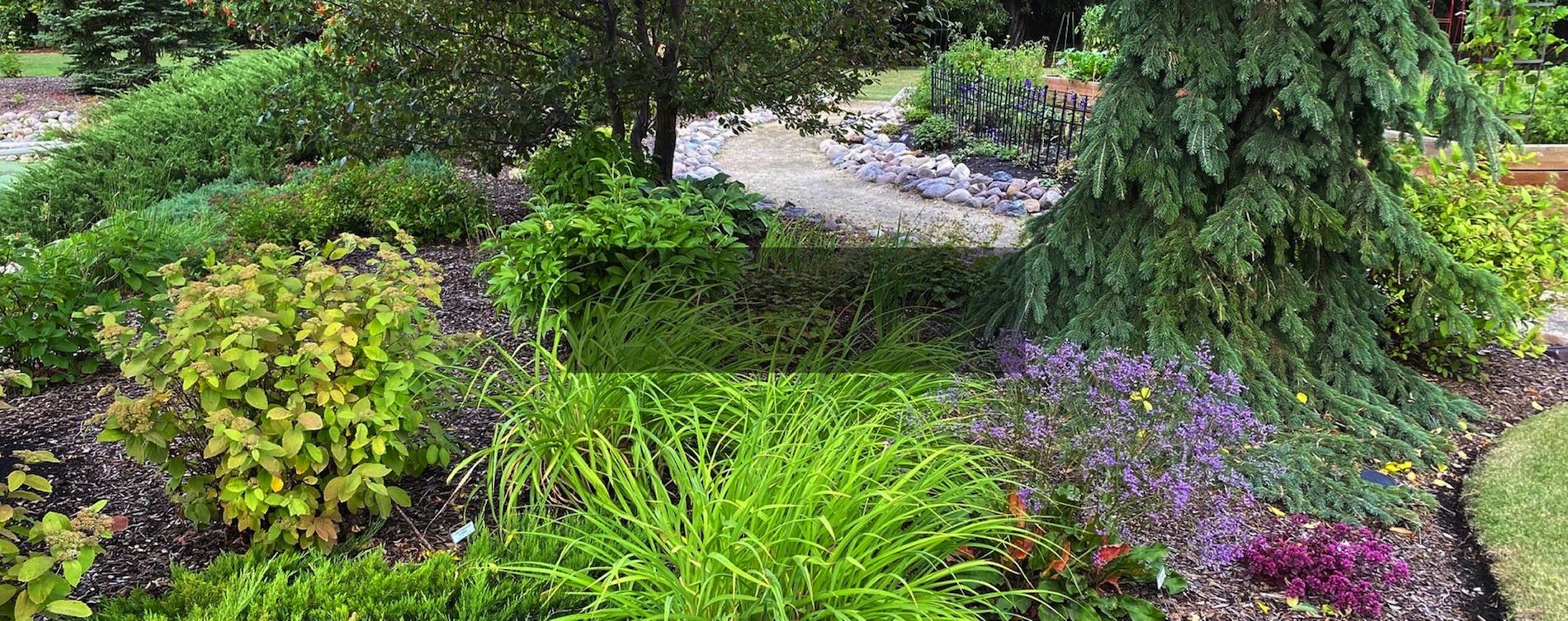Hardy Fruits

Apple
The most popular fruit for home gardeners. Provide a sunny site with well-drained soil. Fertilize with a high phosphorous fertilizer (high middle number) such as liquid kelp, Dr. Earth Fruit Tree or 15-30-15. Another variety of Malus is required for cross-pollination.
Apple Varieties

Honeycrisp
A crisp and juicy apple that ripens in late September. Flavour is sweet but well balanced. Can be stored for up to 4 months. Ht: 12ft Sp: 10ft Zone 3

Harcourt
Green fruit washed with red. Excellent for eating, baking, cider, juice and storing. Mild pleasant flavour. Apple ripens early to mid-September. Ht: 15ft Sp: 12ft Zone 3

Goodland
Fruit is green washed with red. Good for cooking, eating and excellent for storing. Ripens late September. Ht: 15ft Sp: 12ft Zone 3

Odyssey
Crisp 3″ fruit that has been compared to the Gala apple. It ripens in late August and stores well throughout winter. Ht: 15 ft Sp: 8ft Zone 3

September Ruby
A heavy yielding bright red apple that ripens in mid-September. Good for eating, cooking and storing. Fruit size: 6 – 7 cm. Ht: 15ft Sp: 12ft Zone 3

Combination
A unique grafted apple tree combining 3-4 varieties of apple. Great for fresh eating, baking and storing. Ht: 15ft Sp: 12ft Zone 3
Blueberry
Delicious blue berries on low growing shrubs. Ensure soil is rich and amended with plenty of compost and peat moss. Fertilize often with a high nitrogen fertilizer (30-10- 10 or Aluminum Sulfate) to lower soil pH such as Dr. Earth Acid Lover’s Plant Food. Self-pollinating however, to achieve higher yields, it is best to cross pollinate with another variety of blueberry.
Blueberry Varieties

Northcountry
This half highbush blueberry has dark green foliage and compact growth. Fall foliage is beautiful scarlet red. The fruit is medium sized, with an appealing, sweet, “wild” blueberry flavour. Ht: 2ft Sp: 2ft Zone 3

Northsky
An extremely hardy hybrid that forms a compact mound. Produces a good crop of sky blue fruit in midsummer. Requires another blueberry of a different variety nearby to set fruit. Foliage turns beautiful red in fall. Ht: 3ft Sp: 3ft Zone 3

Northland
>This small dark blueberry has a wild blueberry taste. Cross pollinate with another Northland for higher yield. Foliage turns beautiful red in fall. Ht: 4ft Sp: 5ft Zone 3

Northblue
Half high-bush blueberry with great consistent yield (1.5 to 2.0 kgs/ plant). Dark berries are excellent for fresh eating or baking. Foliage turns beautiful red in fall. Ht. 30” Sp: 30” Zone 3
Cherry
In recent years, several hardy sour cherries have been released. Although they are termed ‘sour’ many are wonderful for fresh eating as well as baking. All cherries are self-pollinating.
Cherry Varieties

Evans
A hardy bright red pie cherry that ripens late July but will sweeten on the tree until September. Strong flavour; good for jams, pies, baking or eating fresh. Self-pollinating.

Romance Series
These dwarf sour cherries have been bred by the U of S program and all exhibit great cold hardiness combined with sweet tasting fruit. Varieties: Cupid, Juliet, Romeo, Valentine and Crimson Passion.
Honeyberry/Haskap
Haskap is an amazingly hardy, high yielding berry bush that is relatively new to North America. They have an amazing shape that adds great ornamental value to the landscape. It is an edible honeysuckle that originates from Siberia and can be found in Russia, China, and Japan.
Honeyberry/Haskap Varieties

Tundra
In testing, Tundra‘s fruits were firm enough to withstand commercial harvesting and sorting at the University of Sask. yet tender enough to melt in the mouth. Ranks among the top for flavour and fruit size – at least 50% larger than other honeyberry currently available in Canada.
Taste is tangy sweet, won‘t bleed when picked, larger harvest than Borealis. Tundra will cross-pollinate with Aurora, Honey Bee or Polar Jewel. Ht: 3-4ft Sp: 3-4ft Zone 3

Borealis
Chosen as the top tasting selection at both U of S and amongst Japanese fruit producers. Medium production of short, boxy berries with a sweet tart taste. Better taste than Tundra, however fruit does bleed when picked; be gentle! Borealis will cross-pollinate with Aurora, Honey Bee or Polar Jewel. Ht: 3-4ft Sp: 3-4ft Zone 3

Aurora
Bred as a pollination partner for Borealis, Aurora has slightly larger, sweeter fruit that is easier to pick. Aurora will also pollinate Tundra. Ht: 5-6ft Sp: 3-4ft Zone 3
NOTE: Honeyberry require an unrelated variety for pollination. Visit the Honeyberry Pollination Chart for specific pollination information.
Grapes
Grapevines not only provide fresh fruit for eating, juice or winemaking, but can also create thick privacy screens and add interest to garden walls. Grapes require well drained soil and a warm, sunny spot. Provide a strong arbour or trellis for vines to adhere to; simple cedar trellising will not suffice. Note Grapes can be bothered by leafhopper; use applications of Hort Oil in fall or spring, and Doktor Doom Botanics during the growing season.
Grape Varieties

Beta
Hardy and vigorous; high producer. Produces a blue/black grape that is perfect for jams, jellies & juices. Tart fruit. Zone 3

Frontenac
A hardy grape suitable for red wine. Self-pollinating. Zone 3

Frontenac Gris
Similar to Frontenac but with light-coloured skins. Suitable for making white wine. Zone 4

Valiant
Originated in South Dakota; hardy to –40ºC. Medium clusters with small blue berries. Excellent for jams, juices, eating and wine. Ripens in mid September. Zone 3
Raspberry
One of the easiest fruits for home gardeners. Raspberries require little care and will tolerate poor soils and light. To ensure strong canes, add bone meal to beds every fall/spring.
- Floricane – Bear fruit on second year wood, bear larger fruit in mid-summer.
- Primocane – Includes newer hybrids. Bear fruit on first year wood—can be cut to ground in late fall/early spring, easy to maintain. Bear mid-size fruit in later summer.
Raspberry Varieties

Boyne
Floricane Summer-bearing raspberry with deep red colour. Very productive, delicious and aromatic. Perfect for fresh eating and preserving. Ht: 6ft Sp: 3ft Zone 3

Red River
Primocane Fall bearing raspberry with delicious fruit. Produces fruit in August until frost. Ht: 3ft Sp: 3ft Zone 3

Double Delight
Primocane Fall bearing raspberry with large, tasty fruit. Produces fruit in August until frost. Ht: 5ft Sp: 5ft Zone 3
Strawberry
Provide well drained soil, plant in rows about 8-10” apart, mulch rows with bark mulch or straw to keep fruit off ground. Prune off all runners that develop the first season so all the energy is focused into fruit production. If berry production starts to decrease top up beds with compost, or divide plants and replant.
Strawberry Varieties

Junebearing (short day) - DENT
Produce large berries in mid-summer, one crop.

Everbearing (day neutral) - Tristar
Produce medium berries throughout summer.
Saskatoon
Prairie favourite! Very hardy shrubs that produce tasty purple berries great for eating fresh or preserving.
Saskatoon Varieties

Smoky
Produces medium size clusters of large, sweet berries. #1 choice for commercial production. Great choice for hedging, as this tends to sucker. Ht: 10-15ft Sp: 7ft Zone 2

Northline
roduces large, sweet berries in long clusters. Great for hedging like Smoky, but slightly smaller. Ht: 8ft Sp: 8ft Zone 2

Thiessen
Has perhaps the largest berries with great flavour. A more refined variety, Thiessen tends to sucker less. Ht: 15ft Sp: 6ft Zone 2
Plum
Our hardy selections are as delicious as store bought fruit. Ensure full sun and well-drained soil is a must. Pollination can be tricky and will differ with each variety you grow. See Plum Pollination Chart.
Plum Varieties

Mount Royal
This European plum is a semi-dwarf tree that is self-pollinating. Mid-season clingstone fruit has blue skin with yellow flesh. Plant in a sheltered location. Ht: 15ft Sp: 12ft Zone 4

Toka
Richly flavored red plum with beautiful apricot coloured flesh. Great pollinator. Will cross-pollinate with Pembina, Brookgold, Brookred Plum or Nanking Cherry. Ht: 15ft Sp: 6ft Zone 3<

Brookred
This plum features red skinned fruit with bright orange flesh. While the fruit can ripen by late August, quite often it does not properly mature until as late as early September. The flesh is firm and nicely sweet, but the skin can be a little on the sour side. These plums are great for eating, canning, jam, baking. Pollinate with Western Sandcherry (P. besseyi), Toka or Pembina Plum. Ht: 15ft Sp: 10 ft Zone 3

Brookgold
Early season fruit ripens to a rich gold colour mid-August, with juicy sweet flesh that has a yellow tone. These plums are very tasty and mainly used off the tree. Considered poor for jam and canning, best for fresh eating. Cross-pollinate with Nanking Cherry, Toka Plum or Sapalta Cherry Plum for best results. Ht: 15ft Sp: 12ft Zone 3





